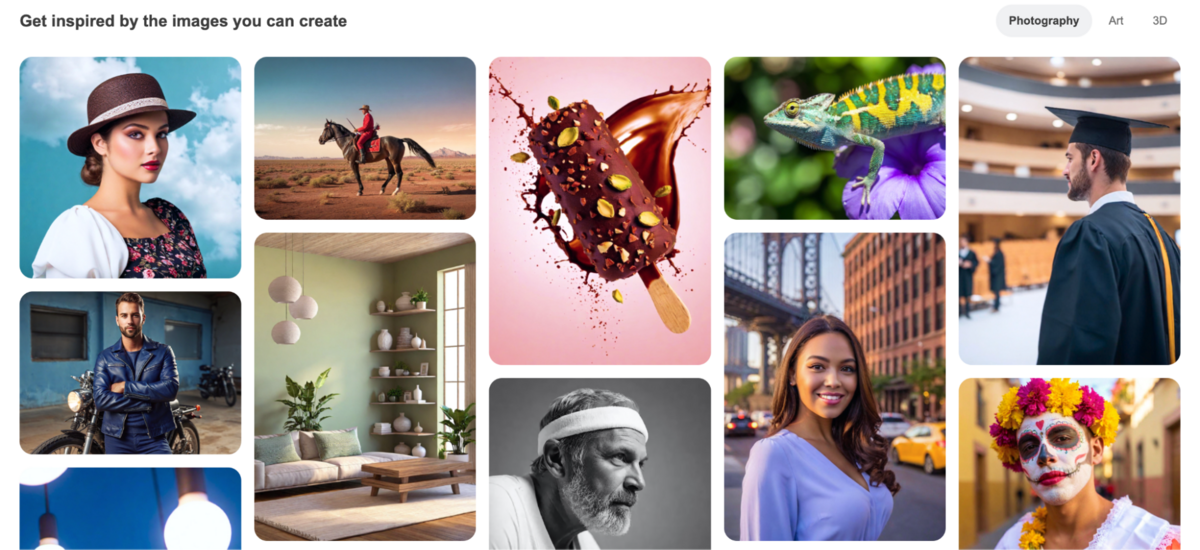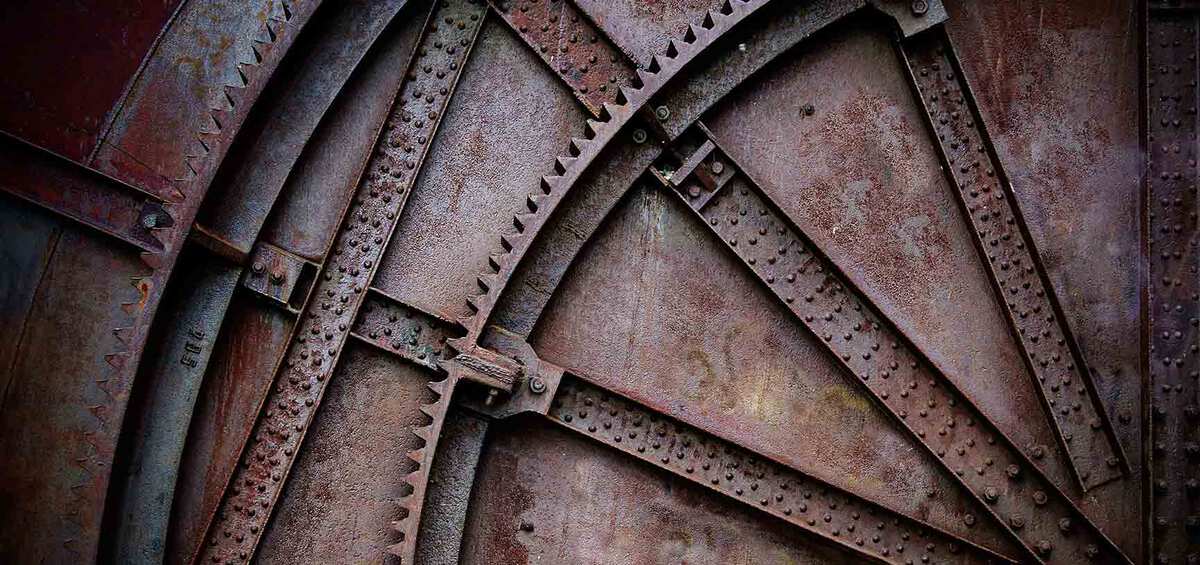If you’ve ever used an AI image generator and ended up with something completely different than imagined, you’re not alone. Many creatives struggle to get the results they want, but not because the tools aren’t powerful enough; rather, they’re not using them effectively.
In this guide, we’ll teach you how to get the most out of your AI tool by providing simple tips and prompt ideas, as well as covering common mistakes to avoid. Whether you’re designing for fun or work, following these tips will help you get the best results.
Which AI Image Generator is best for commercial purposes?
Some say you can’t control what you get with AI. However, the tool you use plays a significant role in the quality of results you receive. Here are a few tools that will take AI image creation to the next level.
Best paid AI image generator
If you plan to use AI-generated images in advertising, product design, or creative projects, you need a licensed tool. Depositphotos AI Image Generator is one of the best options for commercial use. Every picture created with the Depositphotos tool is unique, high-quality, and officially licensed. Furthermore, it will never end up in a third-party visual library.
In addition to legal protection of your images, Depositphotos AI Image Generator offers a user-friendly interface, prompt inspiration, and a creative ecosystem designed to meet all your creative needs. You’ll have access to hundreds of thematic content collections and free AI-powered tools like Background Remover and Image Upscaler.

Best free AI image generator
DALL-E 3 stands out among free AI image generators due to its prompt understanding, conversational flow, and high-quality results. Even if your prompt engineering skills are lacking, this AI-powered tool will help you create an image you want.
DALL-E 3 is an AI image generator that creates visuals from both images and text; yet, achieving the desired result using images alone is more difficult. Plus, you only have three attempts to generate a picture with DALL-E 3 for free. After that, you will need to upgrade to a paid version to continue using the service.
What should be avoided when working with an AI photo generator?
While the ability to create any image using artificial intelligence is a blessing, you still need to follow some rules to avoid ethical dilemmas.
1. Violating copyrights
To begin with, it’s important to avoid using copyrighted images as a base for generating new visuals. This can lead to legal issues and intellectual property disputes. As with Studio Ghibli, sometimes even recreating a well-known visual style can become a problem.
Recently, a cult Japanese animation studio faced a so-called “Ghiblification”, where images created by artificial intelligence mimicked their distinctive art style too closely. As a result, Japanese lawmakers are considering banning AI-generated visuals in the Ghibli style.
2. Creating offensive content
It goes without saying that creating offensive content is unethical and can lead to reputational damage. In some cases, a company may also face legal consequences in the form of lawsuits and fines.
To stay within ethical guidelines, avoid generating images that feature symbols, attributes, and scenes promoting violence or discrimination based on people’s gender, race, religion, or sexual orientation.
3. Reinforcing stereotypes
Stereotypes are another form of offensive content, as they are most often based on gender, race, ethnicity, sexual orientation, and disability. It’s crucial that we don’t forget about the harm they can cause when generating images with AI.
Some individuals create “innocent” visuals that reinforce harmful stereotypes, and real people end up suffering from the consequences. Research shows that women face negative stereotypes at work up to seven times more than men. In fact, 78% of women are described as “emotional” in the workplace compared to just 11% of men. However, women outperform men across all leadership metrics.
4. Producing sensitive material
Some people are sensitive to certain topics, so it’s important to avoid themes that could trigger or discomfort your audience. This includes pictures with blood, injuries, violence, abuse, and self-harm. Nudity can also be perceived as inappropriate by some viewers, so it’s best to use it with caution.
Top tips to get the best AI-generated images
1. Avoid vague or short prompts
AI needs detailed guidance. If your prompt is too short or generic, the result will likely be different from what you had in mind. Here’s an example of a good prompt from Depositphotos:
“Product photograph of an ice cream bar on a stick, covered in chocolate with cocoa powder, crushed nuts, and pistachios, in mid-air in zero gravity crashing through a rich chocolate splash with crushed almonds, nuts, and pistachios flying around over a pink-red background.”

2. Specify style and format
Always specify an image style; otherwise, AI will choose one randomly. If you’re trying to generate a photo, add adjectives that describe its style, type, or angle. For example, “hyper-realistic,” “portrait,” “close-up,” “top view,” “vintage,” “bokeh,” “cartoon,” “anime,” etc.
When creating interior design images, use words like “minimalist,” “modern,” “eclectic,” “rustic,” “asymmetric,” “vibrant,” “muted,” and so on. For product photographs, include terms like “lifestyle,” “studio shot,” “isolated,” “commercial,” “creative,” “aerial view,” “flat lay,” “360-degree view,” and more.
3. Focus on positive prompts
Negative prompts are ineffective with AI image generators. Rather than listing what you don’t want in a picture, describe what you do want to see. For example, instead of writing “avoid cluttered backgrounds,” try saying “clean and minimalist background.”
4. Try again
Many AI users expect perfection on the first try. However, AI image generation usually requires a few tweaks and retries to achieve desired results. If you’re struggling to get the perfect image, use prompt inspiration. AI image generators, like the one from Depositphotos, offer this feature to help you generate more creative and specific prompts.
To sum up
Mastering AI image generation is less about luck and more about using the right tools and strategies. Hopefully, this guide will help you choose the best AI photo generator for your needs and make the most out of it.

